Using the extinct niobium-92 atom, ETH researchers have been able to date events in the early solar system with greater precision than before. The study concludes that supernova explosions must have taken place in the birth environment of our sun.
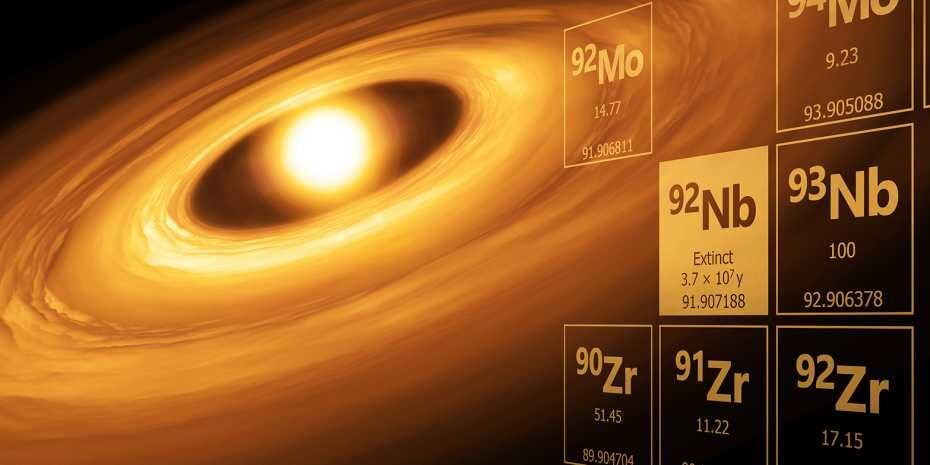


On 21 May 2019, from a distance of 7 billion light-years away, our gravitational wave detectors were rocked by the most massive collision yet. From analysis of the signal, astronomers concluded that the detection was the result of two black holes smashing together, weighing in at 66 and 85 times the mass of the Sun respectively.
But what if it was something else? A new study offers a different interpretation of the event. It’s possible, according to an international team of astrophysicists, that the two objects were not black holes at all, but mysterious, theoretical objects called boson stars — potentially made up of elusive candidates for dark matter.
The gravitational wave event, called GW 190521, was a spectacular discovery. The object that resulted from the merger of the two objects would have been a black hole at around 142 times the mass of the Sun — within the intermediate mass range that no black hole had ever been detected before, called the black hole upper mass gap.
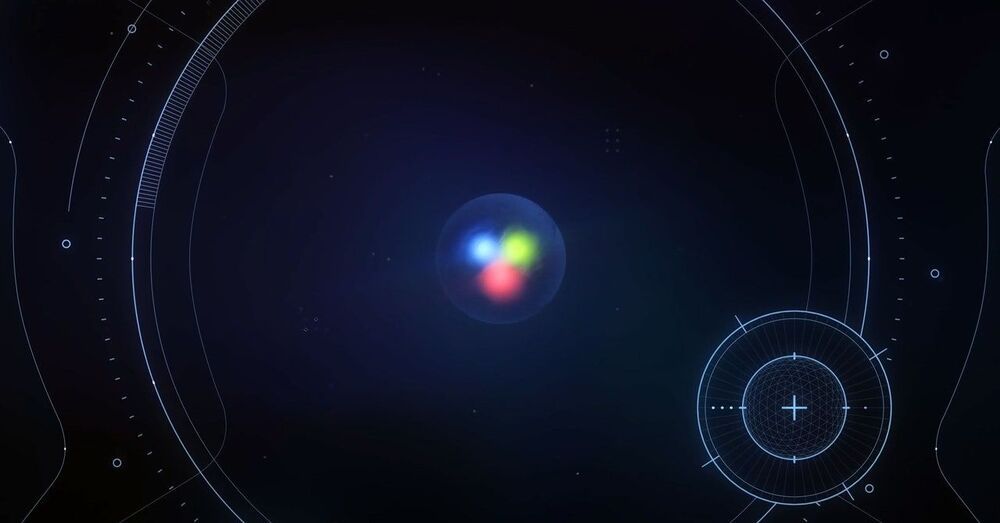
Planned future experiments will help researchers choose between the two pictures. But whichever model is right, SeaQuest’s hard data about the proton’s inner antimatter will be immediately useful, especially for physicists who smash protons together at nearly light speed in Europe’s Large Hadron Collider. When they know exactly what’s in the colliding objects, they can better piece through the collision debris looking for evidence of new particles or effects. Juan Rojo of VU University Amsterdam, who helps analyze LHC data, said the SeaQuest measurement “could have a big impact” on the search for new physics, which is currently “limited by our knowledge of the proton structure, in particular of its antimatter content.”
Twenty years ago, physicists began investigating a mysterious asymmetry inside the proton. Their results show how antimatter helps stabilize every atom’s core.

Oak Ridge National Laboratory scientists demonstrated that an electron microscope can be used to selectively remove carbon atoms from graphene ’s atomically thin lattice and stitch transition-metal dopant atoms in their place.
This method could open the door to making quantum building blocks that can interact to produce exotic electronic, magnetic and topological properties.
This is the first precision positioning of transition-metal dopants in graphene. The produced graphene-dopant complexes can exhibit atomic-like behavior, inducing desired properties in the graphene.
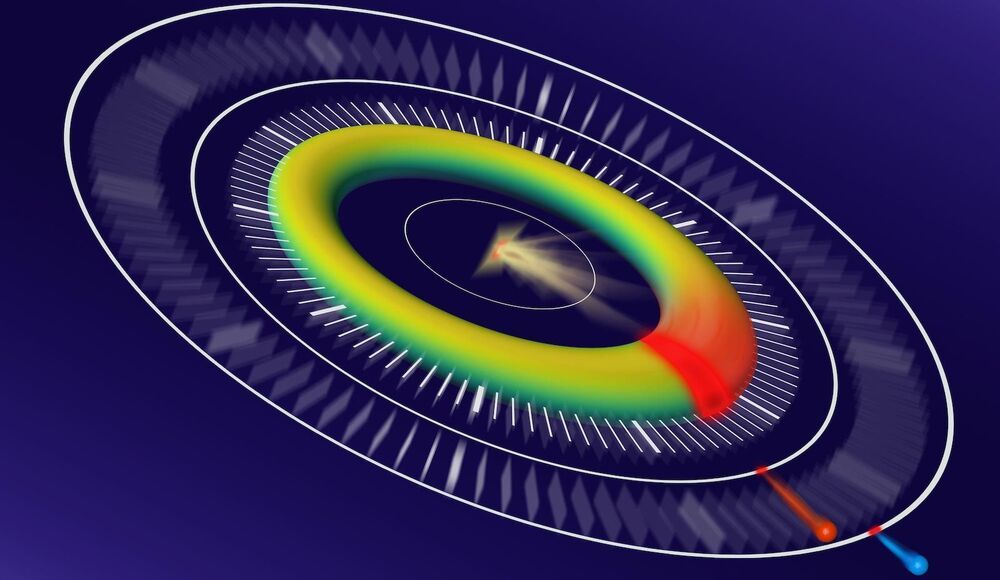
Scientists get dramatically better resolution at X-ray free-electron lasers with a new technique.
Intense, ultrashort X-ray pulses from hard X-ray free-electron lasers (XFELs) can capture images of biological structures down to the atomic scale and shed light on the fastest processes in nature with a shutter speed of just one femtosecond, a millionth of a billionth of a second.
However, on these miniscule time scales, it is extremely difficult to synchronize the X-ray pulse that sparks a reaction in the sample with the follow-up pulse that observes the reaction. This problem, called timing jitter, is a major hurdle in performing these XFEL experiments with ever-better resolution.
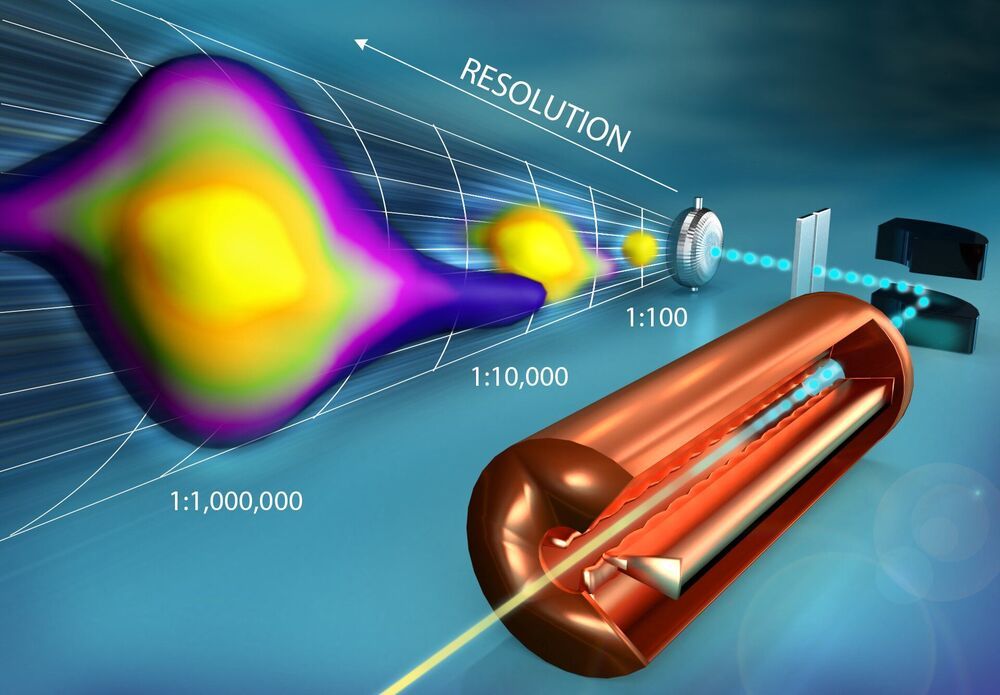
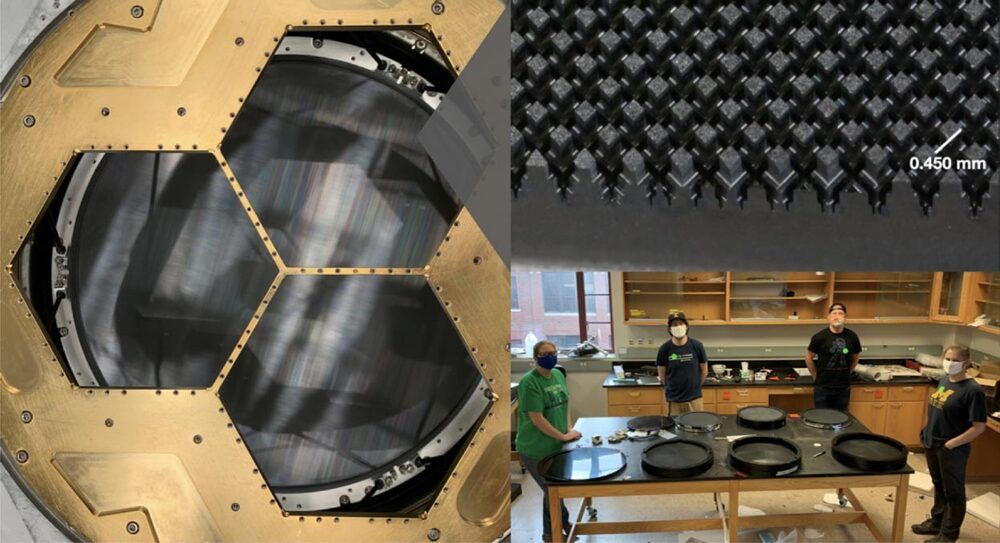
The cosmic microwave background, or CMB, is the electromagnetic echo of the Big Bang, radiation that has been traveling through space and time since the very first atoms were born 380000 years after our universe began. Mapping minuscule variations in the CMB tells scientists about how our universe came to be and what it’s made of.
To capture the ancient, cold light from the CMB, researchers use specialized telescopes equipped with ultrasensitive cameras for detecting millimeter-wavelength signals. The next-generation cameras will contain up to 100000 superconducting detectors. Fermilab scientist and University of Chicago Associate Professor Jeff McMahon and his team have developed a new type of metamaterials-based antireflection coating for the silicon lenses used in these cameras.
“There are at least half a dozen projects that would not be possible without these,” McMahon said.

Energy researchers have been reaching for the stars for decades in their attempt to artificially recreate a stable fusion energy reactor. If successful, such a reactor would revolutionize the world’s energy supply overnight, providing low-radioactivity, zero-carbon, high-yield power – but to date, it has proved extraordinarily challenging to stabilize. Now, scientists are leveraging supercomputing power from two national labs to help fine-tune elements of fusion reactor designs for test runs.
In experimental fusion reactors, magnetic, donut-shaped devices called “tokamaks” are used to keep the plasma contained: in a sort of high-stakes game of Operation, if the plasma touches the sides of the reactor, the reaction falters and the reactor itself could be severely damaged. Meanwhile, a divertor funnels excess heat from the vacuum.
In France, scientists are building the world’s largest fusion reactor: a 500-megawatt experiment called ITER that is scheduled to begin trial operation in 2025. The researchers here were interested in estimating ITER’s heat-load width: that is, the area along the divertor that can withstand extraordinarily hot particles repeatedly bombarding it.

